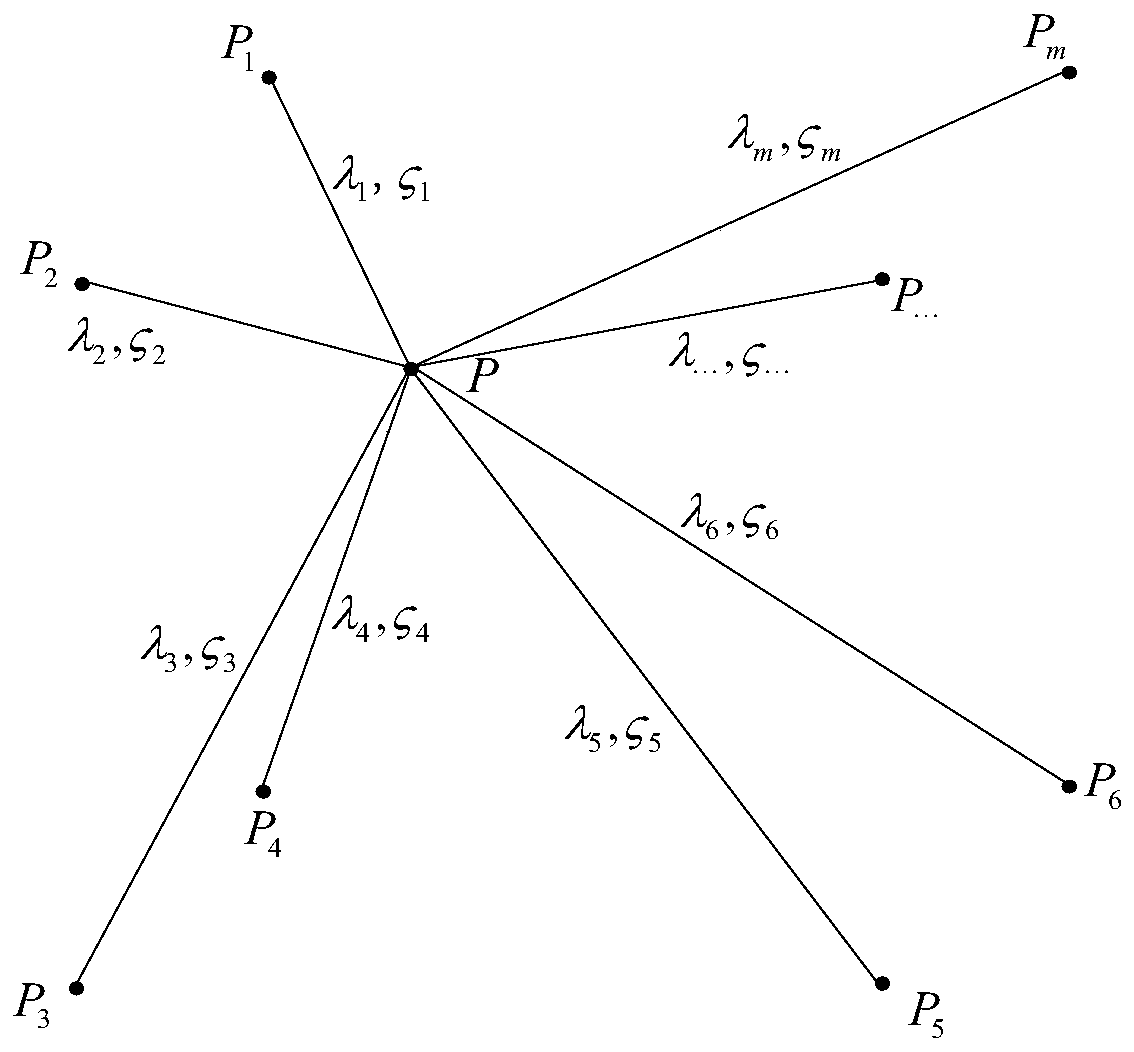Robot precision compensation method based on approximate degree weighted average interpolation algorithm
A technology of weighted average and precision compensation, applied in manipulators, program-controlled manipulators, manufacturing tools, etc., can solve the problems of limited accuracy, large work, and inaccurate determination of influence weights, so as to achieve accurate compensation, simplify complexity, The effect of reducing the computation of building and inverting the solution
- Summary
- Abstract
- Description
- Claims
- Application Information
AI Technical Summary
Problems solved by technology
Method used
Image
Examples
Embodiment Construction
[0070] The present invention will be further described below with reference to the accompanying drawings, taking the KUKA KR150-2 robot with 6 degrees of freedom as an example.
[0071] (1) The establishment of the link coordinate system of the KUKA KR150-2 robot.
[0072] The KR150-2 industrial robot produced by the German KUKA company is a typical open-chain industrial robot with 6 degrees of freedom rotary joints. Rated load 150kg, maximum action range 2700mm, 6 axes, repeatability Figure 4 The theoretical parameters of the connecting rod are shown in Table 1. Figure 4 and a in Table 1 i is the length of the link of the i-th joint; α i is the torsion angle of the i-th joint link; θ i is the joint rotation angle of the i-th joint; d i is the joint offset value of the i-th joint; the torsion angle β i is y in the link coordinate system around the i-th joint i Rotation parameter for shaft rotation.
[0073] Table 1 Theoretical parameters of connecting rod
[0074] ...
PUM
 Login to View More
Login to View More Abstract
Description
Claims
Application Information
 Login to View More
Login to View More - R&D
- Intellectual Property
- Life Sciences
- Materials
- Tech Scout
- Unparalleled Data Quality
- Higher Quality Content
- 60% Fewer Hallucinations
Browse by: Latest US Patents, China's latest patents, Technical Efficacy Thesaurus, Application Domain, Technology Topic, Popular Technical Reports.
© 2025 PatSnap. All rights reserved.Legal|Privacy policy|Modern Slavery Act Transparency Statement|Sitemap|About US| Contact US: help@patsnap.com



